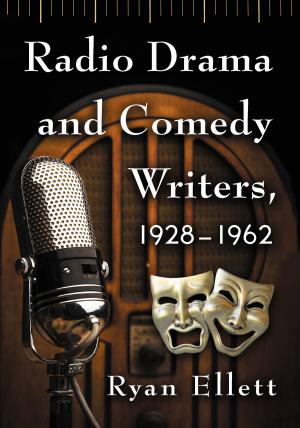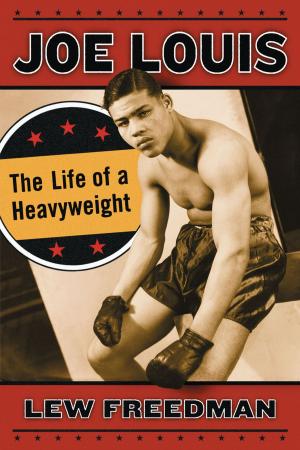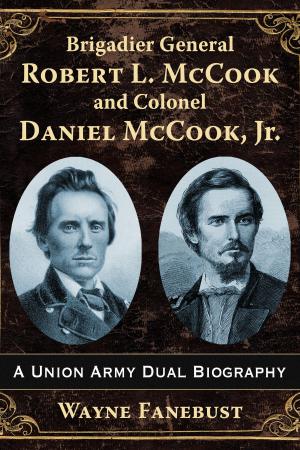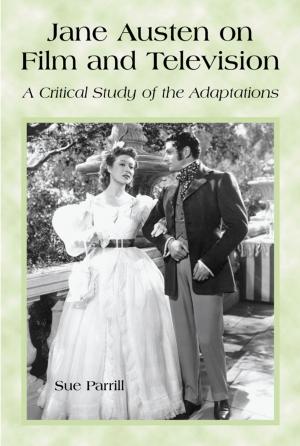Walt Disney, from Reader to Storyteller
Essays on the Literary Inspirations
Nonfiction, Entertainment, Film, Performing Arts, Fiction & Literature, Literary Theory & Criticism| Author: | ISBN: | 9781476618241 | |
| Publisher: | McFarland & Company, Inc., Publishers | Publication: | December 3, 2014 |
| Imprint: | Language: | English |
| Author: | |
| ISBN: | 9781476618241 |
| Publisher: | McFarland & Company, Inc., Publishers |
| Publication: | December 3, 2014 |
| Imprint: | |
| Language: | English |
Walt Disney, best known as a filmmaker, had perhaps a greater skill as a reader. While many would have regarded Felix Salten’s Bambi and Carlo Collodi’s Pinocchio as too somber for family-oriented films, he saw their possibilities. He appealed to his audience by selecting but then transforming familiar stories. Many of the tales he chose to adapt to film became some of the most read books in America. Although much published research has addressed his adaptation process—often criticizing his films for being too saccharine or not true to their literary sources—little has been written on him as a reader: what he read, what he liked, his reading experiences and the books that influenced him. This collection of 15 fresh essays and one classic addresses Disney as a reader and shows how his responses to literature fueled his success. Essays discuss the books he read, the ones he adapted to film and the ways in which he demonstrated his narrative ability. Exploring his literary connections to films, nature documentaries, theme park creations and overall creative vision, the contributors provide insight into Walt Disney’s relationships with authors, his animation staff and his audience.
Walt Disney, best known as a filmmaker, had perhaps a greater skill as a reader. While many would have regarded Felix Salten’s Bambi and Carlo Collodi’s Pinocchio as too somber for family-oriented films, he saw their possibilities. He appealed to his audience by selecting but then transforming familiar stories. Many of the tales he chose to adapt to film became some of the most read books in America. Although much published research has addressed his adaptation process—often criticizing his films for being too saccharine or not true to their literary sources—little has been written on him as a reader: what he read, what he liked, his reading experiences and the books that influenced him. This collection of 15 fresh essays and one classic addresses Disney as a reader and shows how his responses to literature fueled his success. Essays discuss the books he read, the ones he adapted to film and the ways in which he demonstrated his narrative ability. Exploring his literary connections to films, nature documentaries, theme park creations and overall creative vision, the contributors provide insight into Walt Disney’s relationships with authors, his animation staff and his audience.















